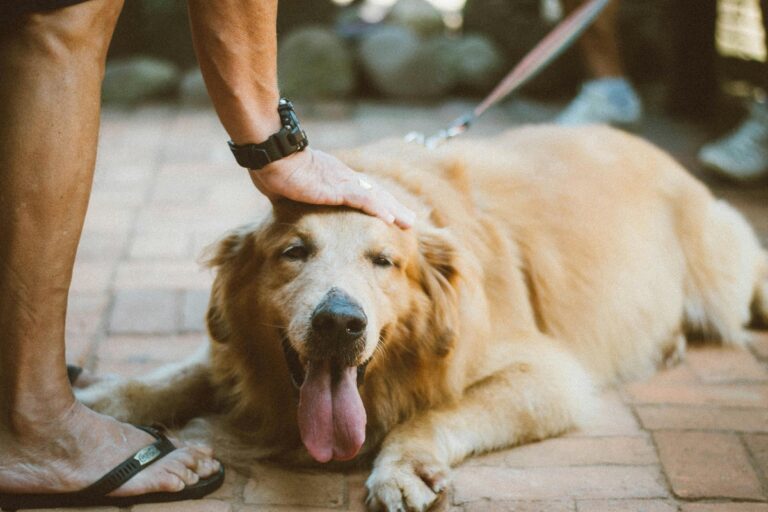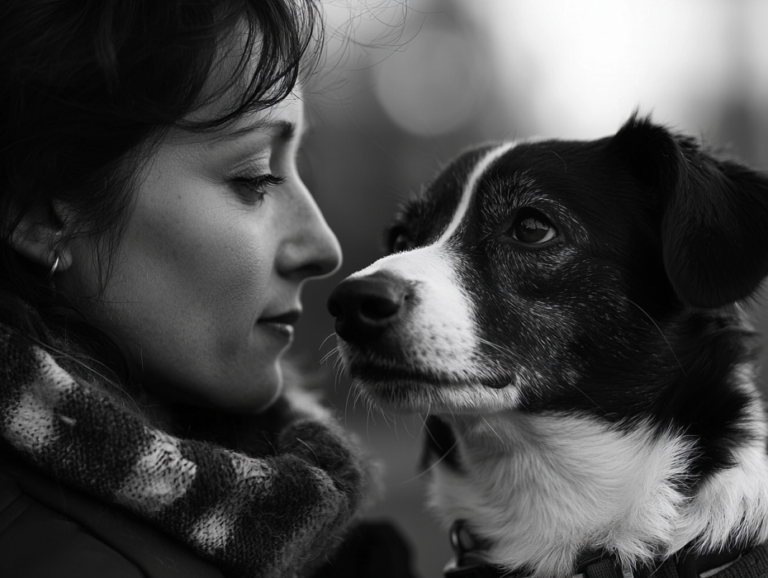How to Know If a Dog Needs Help? 7 Signs to Watch For
Dogs are loyal companions who often hide discomfort or distress, making it crucial for pet owners and Good Samaritans to recognize when a dog needs help. Whether it’s a lost stray, a neglected pet, or your own dog showing unusual behavior, knowing the warning signs can prevent suffering and even save a life.
Here are seven critical signs that a dog may need help and what you can do to assist them.
1. Visible Injuries or Signs of Illness

One of the most obvious signs that a dog needs help is visible wounds, limping, or signs of pain. If a dog is bleeding, has an open wound, or is walking unsteadily, they could be suffering from an injury, infection, or internal illness.
Additionally, signs of illness like vomiting, diarrhea, excessive drooling, or difficulty breathing indicate a potential emergency. Dogs are good at masking discomfort, so even minor symptoms could signal a serious underlying condition.
What You Can Do: If the dog is approachable, check for cuts, swelling, or signs of distress. If the dog is in immediate danger, contact a veterinarian, an animal shelter, or a rescue organization for assistance. If the dog is a stray, try to safely contain them and take them to a vet or call local authorities for help.
2. Extreme Weight Loss or Malnourishment
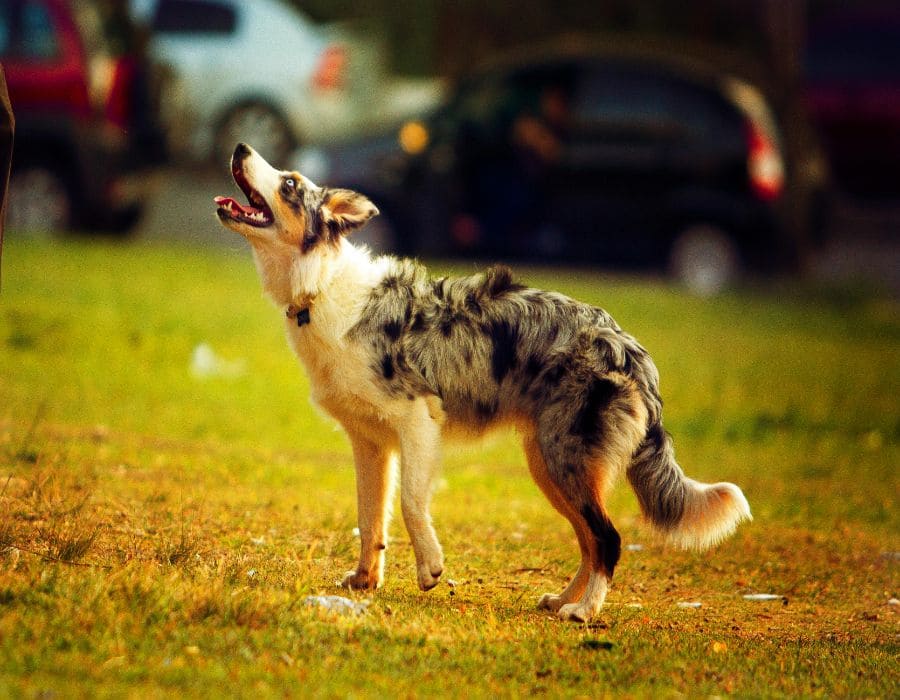
A dog that appears emaciated with visible ribs, hip bones, or a sunken face may be suffering from malnutrition, neglect, or illness. Stray dogs often struggle to find enough food, and some may have underlying medical conditions that prevent them from maintaining a healthy weight.
Additionally, a dog that suddenly loses a significant amount of weight despite eating normally could have a parasite infection, metabolic disorder, or organ failure.
What You Can Do: If the dog is stray, offer fresh food and water, but avoid giving excessive amounts of food all at once, as this could cause digestive issues. If the dog is severely underweight, contact a vet or animal rescue for further evaluation and care.
3. Severe Matted Fur or Poor Grooming
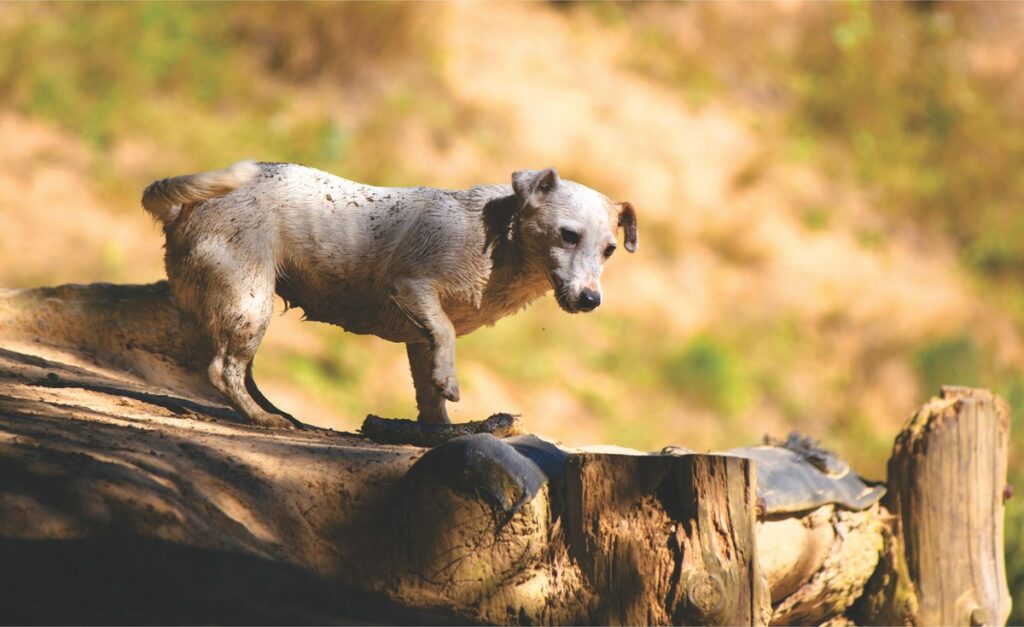
Dogs naturally shed and get dirty, but excessively matted fur, crusty skin, bald patches, or an overwhelming odor can indicate neglect, infection, or a serious skin condition. Some long-haired breeds suffer when their coats become so tangled that it restricts movement and causes pain.
Neglected dogs often have overgrown nails, dirty ears, and flea or tick infestations, all of which can cause severe discomfort and long-term health problems.
What You Can Do: If you find a dog with severe matting or skin issues, they may need professional grooming and medical attention. If the dog belongs to someone but appears neglected, consider reporting the situation to an animal welfare organization.
4. Constant Hiding, Cowering, or Fearful Behavior

A dog that is constantly hiding, trembling, or cowering when approached could be suffering from abuse, trauma, or extreme anxiety. Some dogs display fear-based behaviors, such as avoiding eye contact, tucking their tail, or flinching at sudden movements, especially if they have been mistreated in the past.
Fearful dogs might also try to escape, refuse to eat, or freeze in place, indicating deep emotional distress.
What You Can Do: Approach a fearful dog slowly and calmly, avoiding direct eye contact. Never force interaction, as this can increase anxiety. If the dog is showing signs of abuse, contact animal control or a local rescue organization to intervene.
5. Heavy Panting, Lethargy, or Heatstroke Symptoms

Dogs regulate their body temperature through panting, but excessive panting, drooling, and disorientation can be signs of heatstroke or dehydration. This is especially dangerous in hot weather or if the dog has been left in a car, direct sunlight, or without water for too long.
Lethargy, unresponsiveness, or collapse can indicate heat exhaustion, poisoning, or a serious medical emergency.
What You Can Do: Move the dog to a cool, shaded area immediately and provide cool (not ice-cold) water. If they are showing signs of heatstroke, such as vomiting, seizures, or weakness, they need urgent veterinary care. Call a vet or emergency animal service right away.
6. Being Chained or Confined for Long Periods
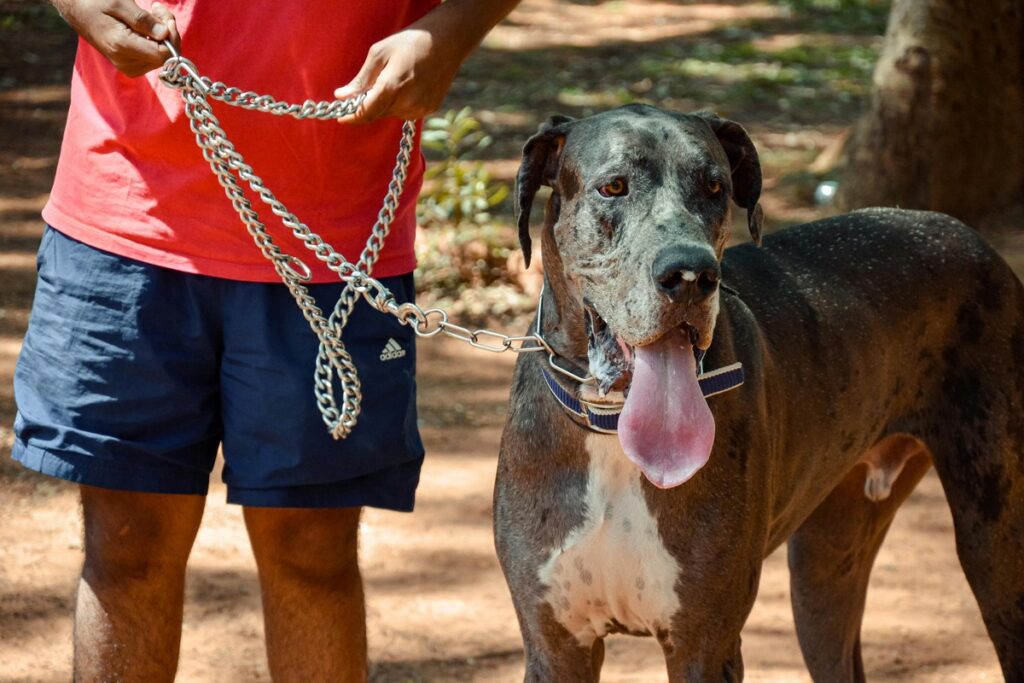
If you see a dog that is tied up outside without food, water, or shelter, this may be a case of neglect or abuse. Dogs need freedom of movement, social interaction, and protection from harsh weather.
Being chained or confined for long periods can cause severe physical and emotional distress, leading to aggression, anxiety, or depression.
What You Can Do: If you suspect neglect, document the situation with photos and report it to a local animal rescue or animal control. In many places, keeping a dog tied up for long periods without proper care is illegal.
7. Roaming Alone or Appearing Lost

A dog wandering alone without a collar, appearing confused or distressed, may be lost or abandoned. Some dogs simply stray from their homes, but others are dumped or abandoned by their owners, leaving them vulnerable to traffic, predators, and starvation.
A lost dog may approach people for food or help, or they may act anxious, pacing, and searching for something.
What You Can Do: If the dog is friendly and approachable, check for ID tags and a microchip at a vet clinic or shelter. If no owner is found, contact local shelters or post on community lost-and-found pet pages. Never assume a wandering dog is just fine—many need help finding their way home.
Helping a Dog in Need
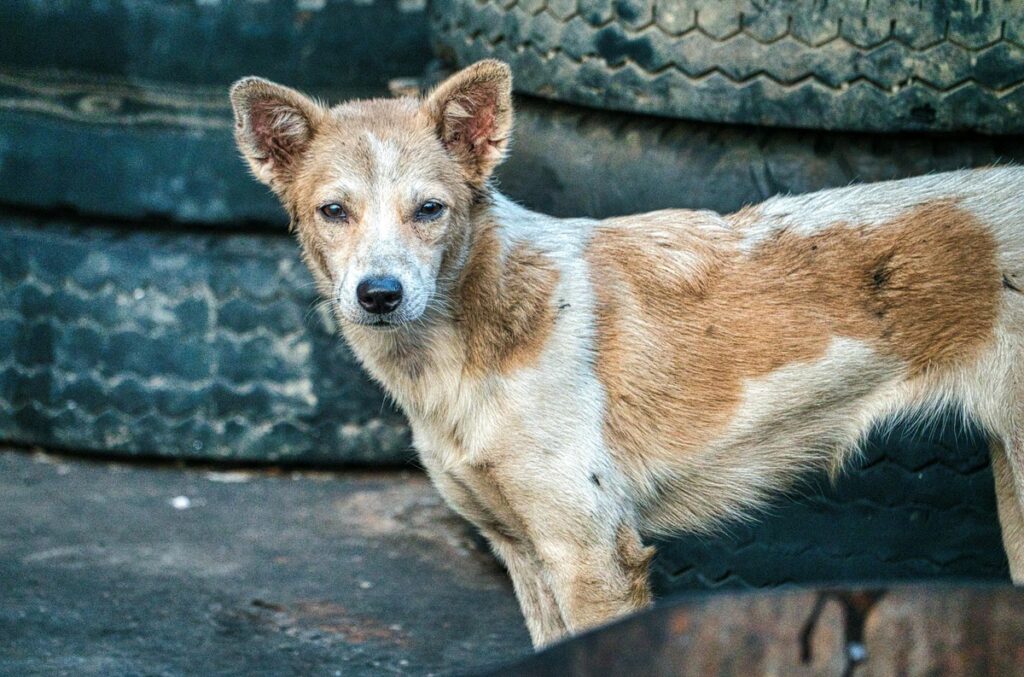
Dogs may not always be able to communicate their distress clearly, but by watching for these seven warning signs, you can take action to help them. Whether it’s a stray in need of food, a neglected pet in distress, or a lost dog searching for home, even small efforts can make a huge difference in their safety and well-being.
If you ever see a dog in trouble, don’t ignore it. Assess the situation, provide immediate aid if possible, and contact professionals when needed. A little kindness could save a dog’s life.



